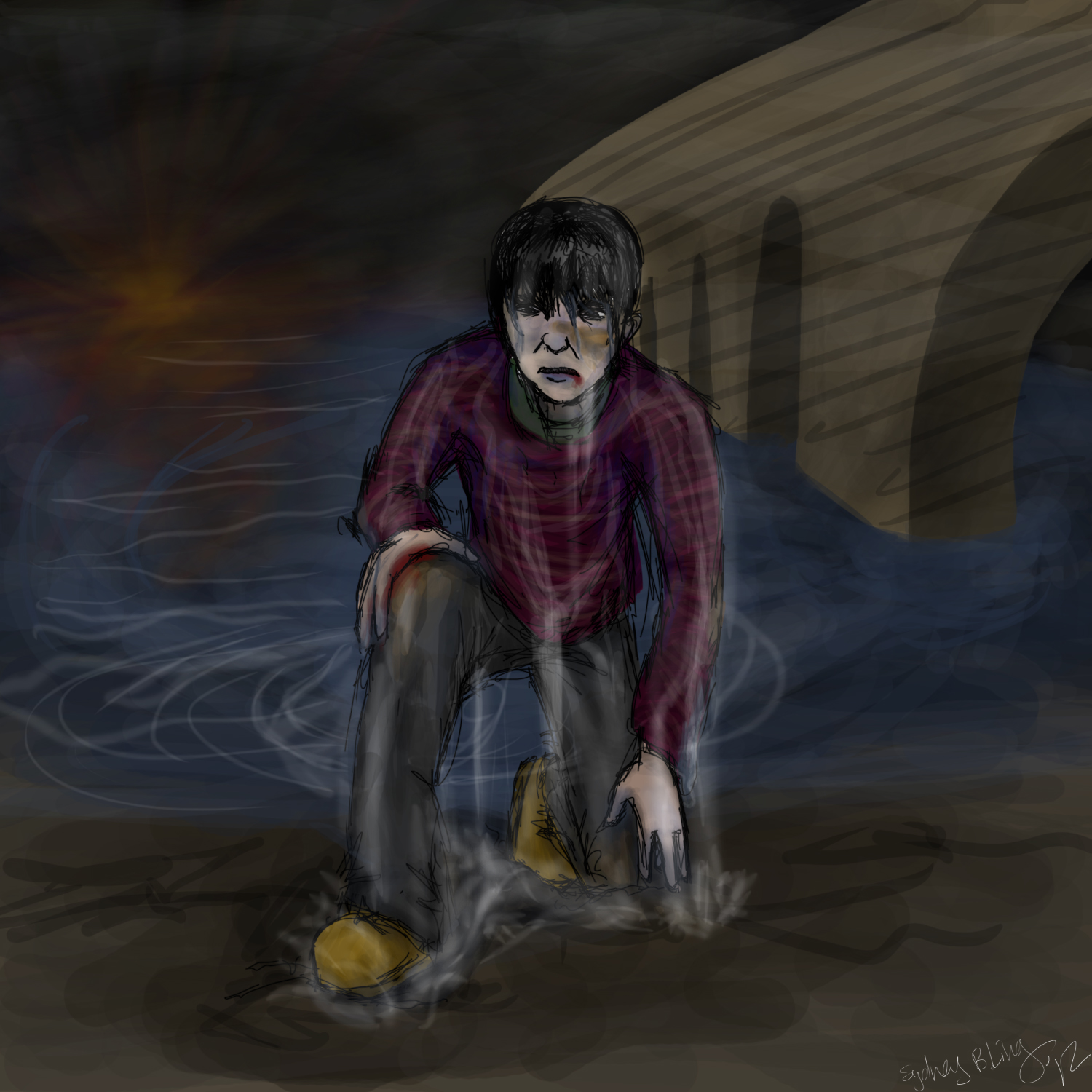The Amazing Adventures of Kavalier and Clay
Tuesday, May 1, 2012
Monday, April 30, 2012
Blog Post 3
Sunday, April 29, 2012
The Innovations of Citizen Kane
Cinematography: Orsen Welles and the cinematagrapher, Gregg Toland, were the first to use "deep focus" shots and and "low angle" shots. In almost every scene in the film, the foreground, background and everything in between is in focus. This is because of Toland's use of deep focus. This was acquired using two different techniques. They would shoot the set with just the foreground in focus then they in the next take they would shoot the scene with the background in focus. Then they would layer the two strips of film on top of each other using an optical printer so that both the foreground and action were in focus. Another technique used to acquire the same effect was reshooting the scene over the same strip of film. They would shoot the foreground first with the background darkened and then rewind the film and shoot the action with the background filled with light on that same strip. Welles also was the first two use the low angle shot. This is a shot from below the character to make the look big and menacing. This shot hadn't been used in hollywood because many movies were shot on sound stages using a set, which didn't have ceilings. Welle's crew would often draped fabric to create the illusion of a ceiling so it would look more like a room in the shot. Welle's innovation of cinematography carried over into Joe's work. He tried to use new shots in the constriction of the comic book set up. He also tried to focus on people that weren't the superhero, but were in the background and not as important.
Storytelling Techniques: Welle's also uses an unorthodox method of storytelling to show the life of Kane. Most other movies took place in a linear chronological order, but Citizen Kane isn't linear at all; it is told entirely through the use of flashbacks. The story is told and narrated by people different people, which is the equivalent to the "unreliable narrator" in literature. Welle's also used the montage prevalently to condense time. In part of the movie, he condensed 16 years into two minutes of film. I don't think montages were mention in the book, but Joe definitely used the unreliable narrator and unorthodox methods of storytelling. For many of his characters, whole episodes were devoted to background stories using flashbacks, which is the exact same storytelling method used in Citizen Kane.
Storytelling Techniques: Welle's also uses an unorthodox method of storytelling to show the life of Kane. Most other movies took place in a linear chronological order, but Citizen Kane isn't linear at all; it is told entirely through the use of flashbacks. The story is told and narrated by people different people, which is the equivalent to the "unreliable narrator" in literature. Welle's also used the montage prevalently to condense time. In part of the movie, he condensed 16 years into two minutes of film. I don't think montages were mention in the book, but Joe definitely used the unreliable narrator and unorthodox methods of storytelling. For many of his characters, whole episodes were devoted to background stories using flashbacks, which is the exact same storytelling method used in Citizen Kane.
Monday, April 23, 2012
This is a drawing from the first part of the book. When Josef and Thomas are attempting an escape from the river, and Josef is surprised by the difficulties he ends up facing.
actual size: click here
Subscribe to:
Posts (Atom)

+copy.jpg)

